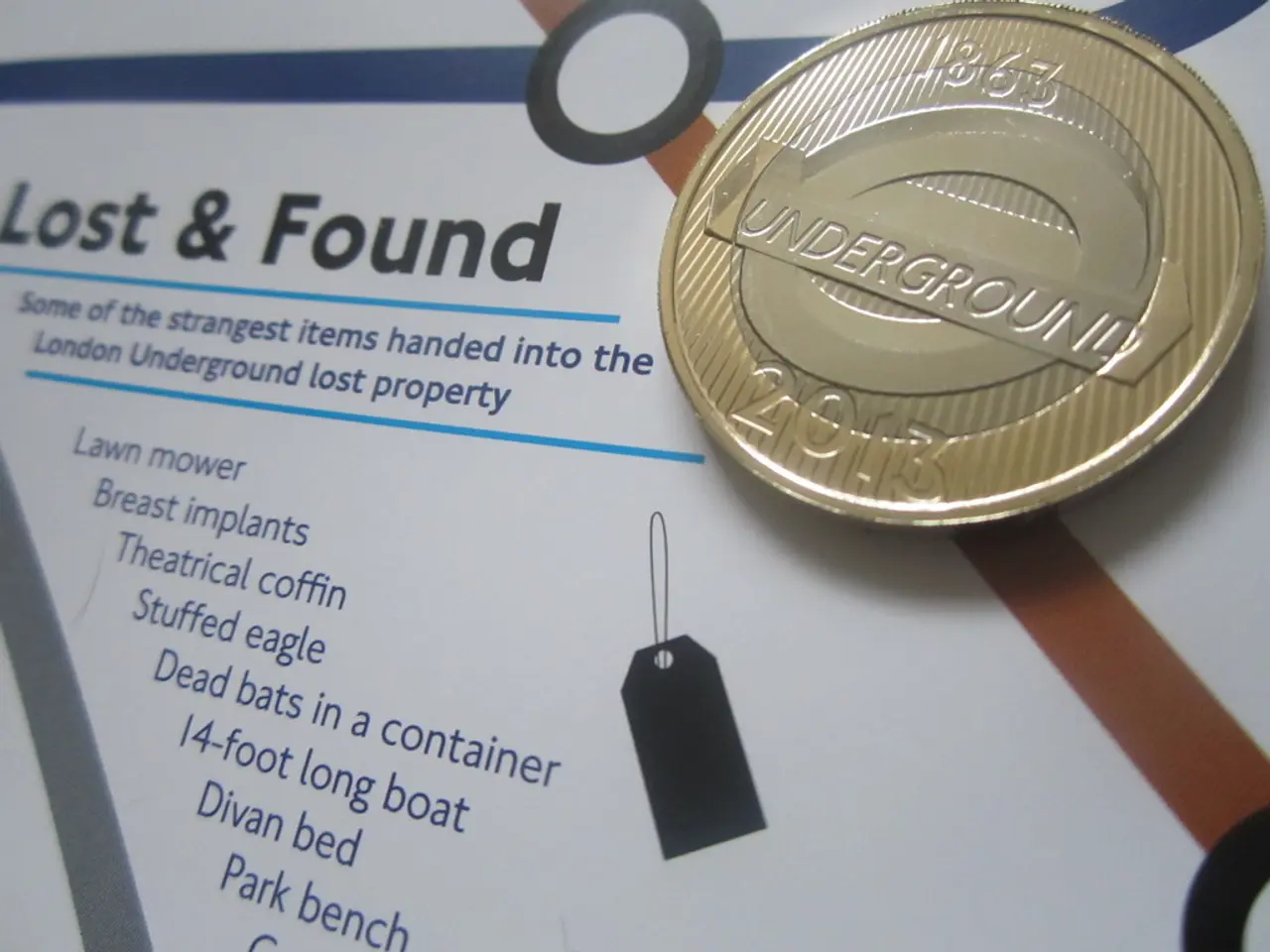2022 ADS-B Demands Explained - Comprehensive Information You Require
In the skies above the United States, Automatic Dependent Surveillance-Broadcast (ADS-B) has become a crucial technology for improving situational awareness for pilots and Air Traffic Controllers (ATCs). As of May 2022, the Federal Aviation Administration (FAA) mandates that aircraft operating in most controlled airspace must be equipped with ADS-B Out technology, which broadcasts the aircraft’s GPS-derived position and other data.
The core ADS-B requirements for different airspace classes are as follows:
- **Class A, B, and C airspace:** All aircraft must have ADS-B Out equipment if they operate in these airspaces. Class A airspace (above 18,000 feet Mean Sea Level, or MSL) requires ADS-B Out regardless of the type of flight. Class B (surrounding the busiest airports) and Class C (surrounding medium-traffic airports) also mandate ADS-B Out.
- **Class E airspace above 10,000 feet MSL (excluding airspace below 2,500 feet Above Ground Level, or AGL):** Aircraft must be ADS-B Out equipped.
- **Class E airspace within 30 nautical miles of certain airports (Mode C veil):** Requires ADS-B Out, typically from the surface up to 10,000 feet MSL.
- **Class G airspace and Class E airspace below 10,000 feet MSL (outside the Mode C veil):** ADS-B Out is generally not required.
These ADS-B Out requirements have been in place since the FAA’s January 2020 deadline for most controlled airspace. Any aircraft flying where ADS-B Out is required without compliance risks enforcement action.
ADS-B Out signals can be received by any capable station, unlike traditional transponders which require an interrogation signal. ADS-B is divided into two categories: ADS-B out and ADS-B in. While ADS-B in (receiving data) is not mandated, it is used in some avionics for pilot situational awareness.
The FAA continues to explore broader adoption of electronic conspicuity technologies for lower altitudes and different aircraft categories, including drones and light-sport aircraft, as part of evolving safety initiatives. Aircraft in Class G airspace and below 10,000 feet in certain Class E areas remain exempt to minimize equipment burden on low-risk, uncontrolled operations.
For specific airspace-by-airspace regulatory texts or recent exceptions (e.g., for special categories like experimental or restricted category aircraft), a detailed reference to FAA 14 CFR Part 91.225 and related guidance from the FAA would be recommended. It is essential for pilots to stay informed about the latest regulations to ensure safe and compliant flights.
In the realm of aviation, the mandate for ADS-B Out technology extends beyond just Class A, B, and C airspace, as any aircraft operating in Class E airspace above 10,000 feet MSL (excluding airspace below 2,500 feet AGL) must also be equipped with this technology. Furthermore, in the finance sector, compliance with ADS-B Out requirements, as mandated by the FAA, is crucial for aircraft operators to avoid enforcement actions. Additionally, the FAA is considering expansion of electronic conspicuity technologies for various aircraft categories, including drones and light-sport aircraft, in the evolving technology-driven aerospace industry.



